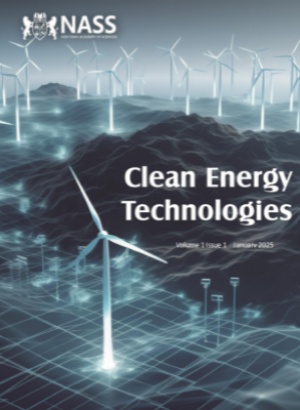Efficiency Considerations on Energy Storage Systems and Devices
EPFL Ecole Polytechnique Fédérale de Lausanne, Switzerland
Copyright © 2025 Alfred Rufer. Published by Nan Yang Academy of Sciences Pte. Ltd.

This is an open access article under the Creative Commons Attribution 4.0 International License.
Abstract
Renewable energy sources are characterized by their intermittent or changing production. To assume robust or predictable insertion into a power grid, storage devices or larger facilities must be added to assume acceptable dispatchability. Storage devices are designed for specific amounts of energy as well as a defined power capacity. The aim of this article is to study the energy efficiency of storage devices depending on the power level chosen for the charging and discharging processes. A global model for classification of different losses is presented, in which internal charge and discharge losses are taken into account as well as the self-discharge effect. The energy required for storage device auxiliaries such as pumps, fans or cryogenic equipment is also included in the loss model. The effect of multiple cascade transformations is then analyzed with the example of a water electrolyzer for the production of hydrogen intended to power a fuel cell in the energy recovery section. Next, a dedicated tool called Ragone plot theory is presented, in which the amount of possible energy to be extracted is evaluated based on the power exchanged. The method is illustrated by the examples of a simple battery and an electric vehicle. Battery charging time plays an important role in the overall energy balance of the system.
Keywords: Energy storage; energy efficiency; equivalent scheme; charging losses; discharging losses; self-discharge; auxiliary power

